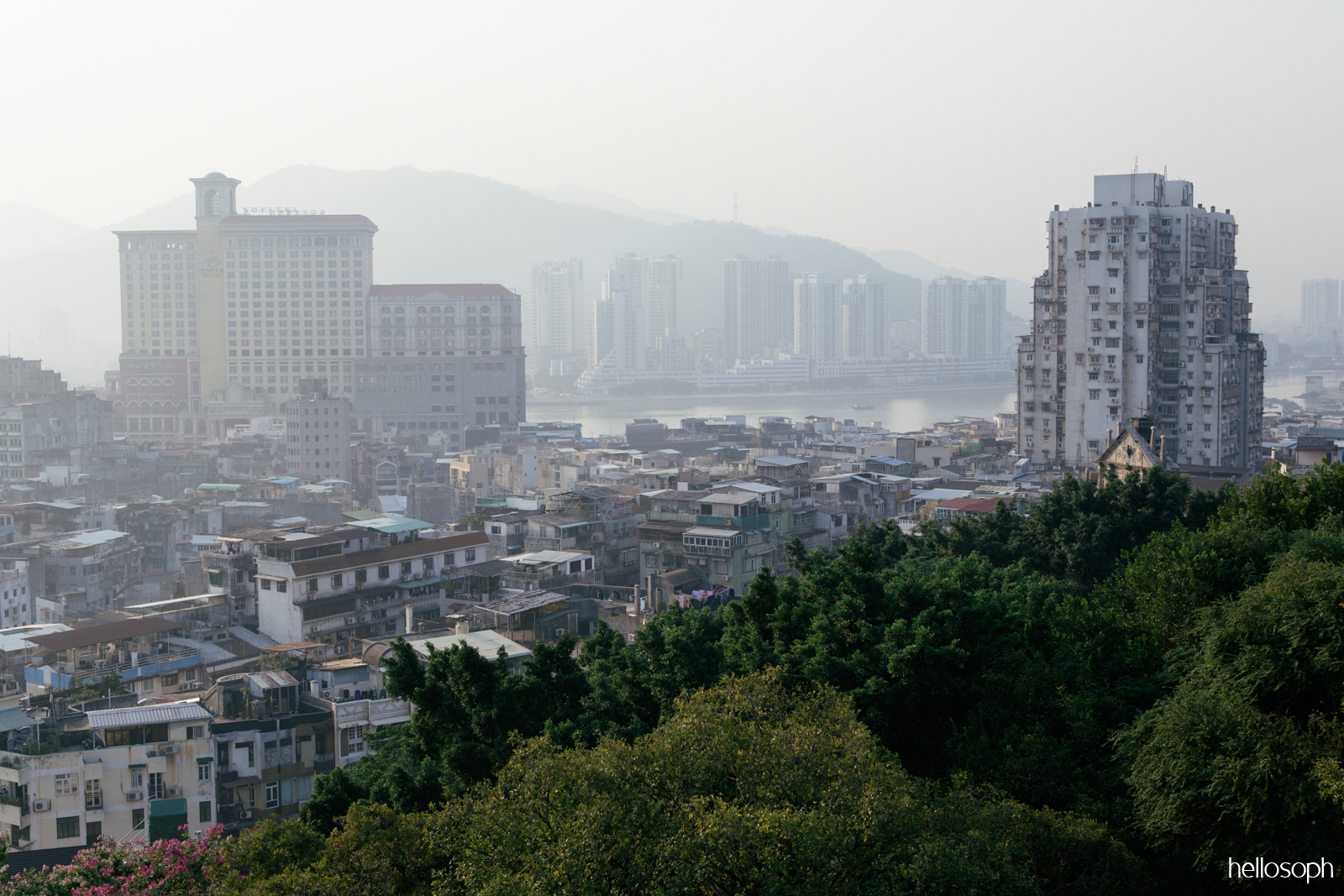Known as the gambling capital of the world, Macau is a region bordering China and just an hour ferry ride away from Hong Kong. When I first heard of it, I just thought it was another version of Las Vegas, but after some more research, discovered that there was more to this wealthy city. After landing on shore, we took two buses towards Coloane. We missed our stop a couple times and stumbled upon a 400 year old port. Now in a terrible state of decay, this once popular shipyard is a sharp contrast from the grand hotels further north. Several stray dogs lounged on deteriorating planks.

As we walked further, we arrived in Coloane Village, home to the legendary Lord Stow’s Bakery. Yes, we took a huge detour just for these Portuguese egg tarts, but they were worth it. A caramelized top covers the custard, and the crust is amazingly flaky.

By the time we went back across the bay, it was time for lunch. Since Portugal once colonized Macau, they have a heavy influence on the area, and we opted for a Portuguese meal at A Lorcha. Though we didn’t make a reservation, it was easy to get a table. Our server recommended the clams (with garlic, coriander, and olive oil), and they were delightfully addicting.

Just around the corner of the restaurant is Templo de A-Má, a 500+ year old Taoist temple commemorating the goddess of the sea.


Even on a weekday, hordes of tourists and gamblers congregated by Macau’s Portuguese landmarks. The Ruins of St. Paul are what remains after a fire burned down the church.

Sights curious to me were the juxtapositions of new and old. The flashy Grand Lisboa and historic Monte Fort. Stained apartment towers and glistening casinos. Trees and heavy smog.


Thus ended our short day trip in Macau, without a pataca spent on slots or poker tables.

